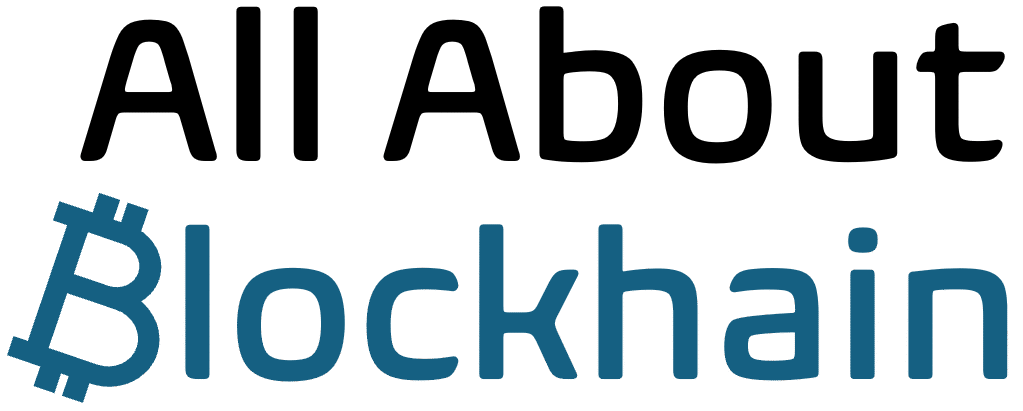NFTs (Non-Fungible Tokens) are unique digital assets that represent ownership of a specific item or piece of content, verified on a blockchain. Unlike cryptocurrencies, each NFT is unique and cannot be exchanged on a one-to-one basis
NFT stands for Non-Fungible Token—a unique digital certificate that proves ownership of a one-of-a-kind item (like art, music, or collectibles) using blockchain technology.
NFTs vs. Cryptocurrency: What’s the Difference?
| Feature | Cryptocurrency (e.g., Bitcoin) | NFTs |
|---|---|---|
| Type | Fungible (all coins are the same) | Non-fungible (each is unique) |
| Purpose | Digital money | Proof of ownership for digital items |
| Example | 1 BTC = 1 BTC (interchangeable) | A digital painting or NBA highlight (unique) |
How Do NFTs Work?
- Creation (Minting)
- An artist/creator uploads a digital file (art, video, etc.) to an NFT platform.
- The file is turned into a unique token on the blockchain (usually Ethereum).
- Ownership & Verification
- The NFT acts like a digital deed—proving who owns the original.
- Even if the file is copied (e.g., right-click saved), the NFT holder owns the “official” version.
- Buying/Selling
- NFTs are traded on marketplaces (like OpenSea or Rarible).
- Transactions use cryptocurrency (usually ETH).

Why Do NFTs Have Value?
- Scarcity: Only 1 (or a limited number) exists.
- Proof of Authenticity: Blockchain verifies it’s the original.
- Royalties: Creators can earn % on future sales.
Examples of NFTs
- Digital Art (Beeple’s $69M collage)
- Collectibles (CryptoPunks, Bored Ape Yacht Club)
- Virtual Land (Decentraland, Sandbox)
- Music & Videos (NBA Top Shot highlights)
Criticisms of NFTs
⚠️ Environmental Impact: Some blockchains (e.g., Ethereum) use high energy.
⚠️ Speculation: Prices can be volatile (like crypto).
⚠️ Copying: The file itself can still be duplicated (but not the ownership).
Final Thought
NFTs are like digital collectibles with verified ownership. They’re changing how we buy art, music, and even virtual goods!

